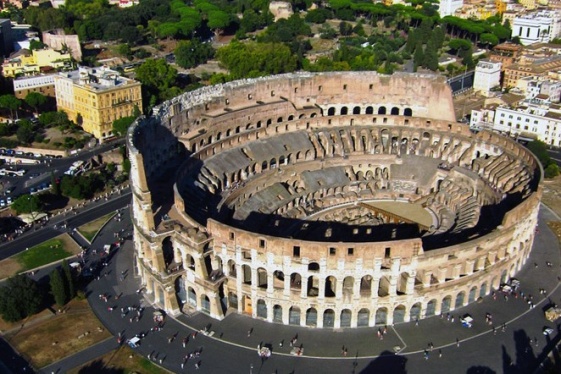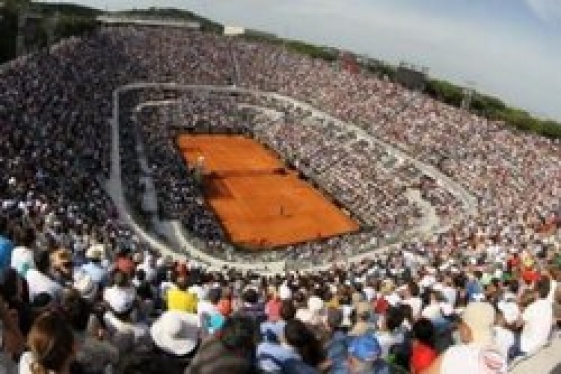
Nature’s Nanotechnology: The Wonders of Ancient Roman Glass

Ancient Roman glass fragments, transformed over centuries, are providing modern scientists with a glimpse into the past and potential future technological applications. These fragments, buried for millennia, underwent molecular changes that resulted in photonic crystals, which are now used in advanced technology.
Researchers Omenetto and Guidetti, fascinated by this natural nanofabrication, conducted a detailed study revealing the glass’s complex structural changes. Their findings not only shed light on ancient global trade and Rome’s architectural evolution but also suggest potential new methods for creating optic materials.
SOURCE: https://scitechdaily.com/
You may be interested
-
'Phantom Limb': A Conversation With Dennis...
Dennis Palumbo is a thriller writer and psychotherapist in private practice. He's the auth...
-
9th Annual Sacco and Vanzetti March/Rally
Saturday, August 23rd, in Boston, the 87th anniversary of the execution of Nicola Sacco an...
-
Arnaldo Trabucco, celebrated medical practit...
Arnaldo Trabucco, MD, FACS is a leading urologist who received his medical training at ins...
-
Emanuele: cervello d'Italia al Mit di Boston
Si chiama Emanuele Ceccarelli lo studente del liceo Galvani di Bologna unico italiano amme...
-
Exciting Palatine. Interview with Clementina...
You can tell she fills with excitement when she has the chance to show an important archae...
-
ISSNAF medical imaging science chapter meeti...
AGENDA 12.00 – 12.15 Light lunch12.15 – 12.30Welcome addresses Lorenzo Mannelli, MD, PhD...
-
Italian Open's History and Records: A tale o...
For Italians, and Romans in particular, the Open is not just a tennis tournament where cha...









